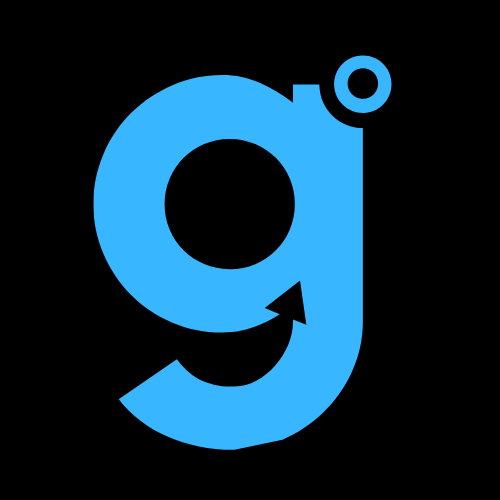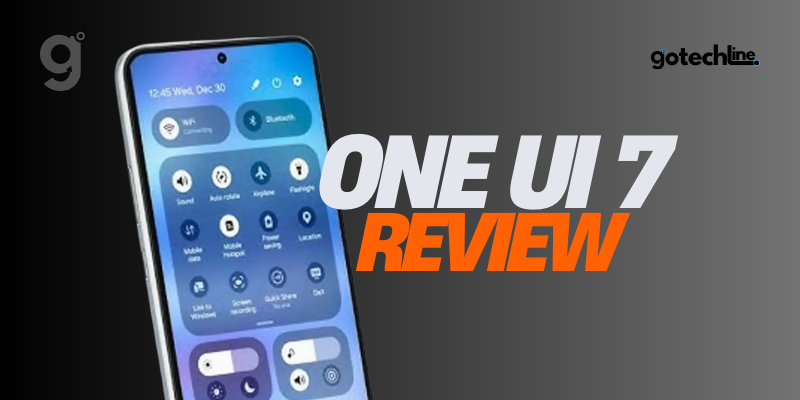After spending a week with Samsung’s One UI 7 beta, I’m diving into whether this update is the future of Android we’ve all been waiting for or just another iteration of what Samsung thought we needed.
While I’ll refrain from digging into any bugs or technical glitches (as it’s still in beta), it’s worth analyzing whether this software delivers the changes we’ve been hoping for. Let’s break it down!
Lock Screen and Always On Display: Customization at Its Best
The first feature that greets you when unlocking your phone is the lock screen. After spending a week with One UI 7, I can confidently say that Samsung has stepped up the customization game here.
Last year’s One UI 6 had some customization options, but One UI 7 takes it to the next level.
A Closer Look at the Lock Screen Features
One of the most notable improvements is the expanded options for customizing the lock screen. If you tap on the “Edit” button, you’ll immediately notice more customization choices.
Samsung has added a “Suggest” option, which gives you curated designs based on your preferences. This is a great tool for those who may not know exactly how they want to personalize their lock screen.
Just press “Suggest,” and the system will offer layouts that you can quickly apply.
In addition, the range of widgets available has expanded significantly. One UI 7 now includes new widgets like Expert RAW, Gallery, Samsung Health, and even a battery widget.
These widgets allow you to have an at-a-glance overview of your day, like activity stats or a rotating gallery of images. I personally love the Gallery widget—it pulls from your albums or stories and continuously displays new photos.
Always On Display: The Best on the Market?
One UI 7 offers one of the best Always On Displays (AOD) available on smartphones today. The new AOD interface stands out due to its minimalist approach, removing unnecessary background clutter.
The design is clean, and the contrast between the clock and icons looks sleek. It’s easy on the eyes and provides the perfect balance of information without feeling overwhelming.
The New Navigation Bar: Better One-Handed Control
One of my favorite improvements with One UI 7 is the redesigned navigation bar. Previously, accessing media controls from the top of the screen felt a little cumbersome, especially when using the device one-handed. With One UI 7, however, Samsung has moved these controls to the bottom of the screen, making them much more accessible.
A Seamless Media Experience
The improved navigation bar is perfect for managing media and notifications. I find myself using it constantly to control music playback, adjusting volume, and quickly switching between apps. The transitions are smooth, and the media player now feels more intuitive than ever.
Quick Panel: A New Approach to Controls
Samsung has redesigned the Quick Panel in One UI 7, and while it looks cleaner, it does take some getting used to. In the past, toggles like brightness were easily accessible with a single swipe, but now, users must swipe twice to reveal all the controls.
Muscle Memory and Customization
Initially, I struggled with this change, especially when accessing the SmartThings toggle or controlling my TV and air conditioner.
However, Samsung has added customization options to make it easier to reach essential features. You can move toggles to different sections of the Quick Panel, making them more accessible based on your preferences.
Though this cleaner layout may take a bit of time to get used to, the ability to customize the Quick Panel’s layout helps improve usability, especially for one-handed use.
Notifications: Too Much Clutter?
When it comes to notifications, One UI 7 presents a few challenges. The new notification system feels visually overwhelming, with icons and banners taking up a lot of space.
While the ability to manage these notifications on the lock screen is an improvement, I think Samsung needs to refine the display to reduce clutter.
The New Minimalist Notification Style
Samsung has introduced a more minimalist notification system, where you can choose between icons or dots that appear on the lock screen instead of detailed notifications.
This approach is clean, reduces clutter, and looks more aesthetically pleasing, especially for those who want to keep their lock screen simple.
Camera Update: User-Focused Design
The camera interface in One UI 7 is perhaps my second favorite feature of this update. Samsung has made the camera experience more intuitive, especially for one-handed use.
The mode selections are now located at the bottom, allowing for quick swiping between different options. Whether you’re using the Pro Mode, Slow Motion, or Expert RAW, everything is easily accessible.
Expert RAW: A Step Up in Photography
Speaking of Expert RAW, One UI 7 has made this mode even more accessible. You can now toggle between RAW and JPEG formats directly within the camera app.
Although the changes to the camera’s algorithm are subtle, it’s clear that Samsung is focusing on making the user experience as streamlined and user-friendly as possible.
Overall Software Fluidity: A Smooth Experience
When it comes to the overall performance and fluidity of One UI 7, I haven’t noticed any dramatic changes. The animations remain similar to what we saw in One UI 6, although some new elements, like the task changer, look much cleaner.
Good Lock and New Widgets: Aesthetic Enhancements
For those who enjoy customizing their experience even further, Good Lock integration has improved. This feature offers additional options for personalizing your interface, including a more polished task manager and new widgets that enhance the visual appeal of your device.
Conclusion: Is One UI 7 the Future?
After a week of using One UI 7, I’m excited about the possibilities. While there are a few areas, like notifications and Quick Panel behavior, that need refinement, the overall experience is positive.
The expanded customization options, cleaner design, and improved media controls make this a compelling update.
As the beta progresses, it will be interesting to see how Samsung fine-tunes the system. If these features carry over into the stable release, One UI 7 could be the best version of Samsung’s software yet.
For now, I’m looking forward to seeing how things evolve with the upcoming official release, especially with potential changes to the camera and overall performance.


